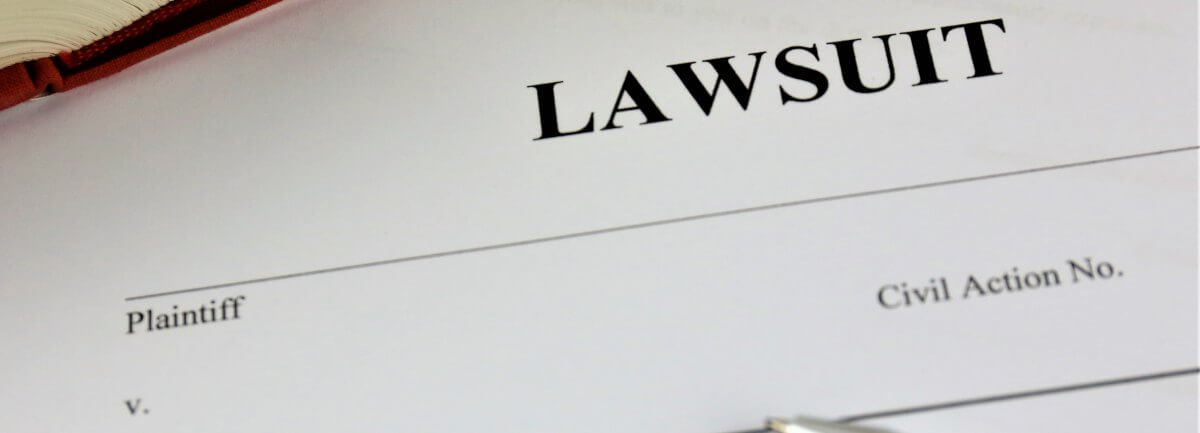Injury by Product: Do You Have a Case?

Consumers have certain expectations when they make a product purchase. One of these is the assumption that what they buy will be safe for use. Unfortunately, this often proves not to be the case. Those who are injured due to a defective product may be able to secure compensation for their injuries, but all product liability cases have unique nuances. The following general information can help you judge whether you have a valid case.
Product Liability Statistics and Basics
Before understanding the intricacies of product liability law, it’s important to recognize that these types of injuries aren’t uncommon. Whereas an injury may seem like a fluke and thus unlikely to result in a favorable verdict or settlement, companies can often be held liable even if minor defects contributed to an accident.
Unfortunately, statistics related to product liability cases are hard to come by. This is partially due to the fact that those injured by defective products don’t always come forward. The statistics that are available, however, paint a disheartening picture. In 2016, for instance, there were around 240,000 emergency room visits linked to toy product injuries.
It’s also important to realize that laws can vary by state. When it comes to Ohio’s product liability law, for instance, you’ll have two years to file a lawsuit. This differs on a state-by-state basis.
Recognizing Product Liability
In many instances, product liability cases are brought as class action lawsuits. Regardless of whether a single person or numerous were affected by a product defect, though, there are a few common elements necessary for proving fault. If the following can be proven, the injured party will likely receive compensation:
- Defect: It must be proven that some defect exists in a product.
- Injury: An injury must have occurred.
- Causation: The defect in the product must have contributed to the injury.
- Duty: The manufacturer or seller must have some duty to provide a safe product. This duty is often assumed.
Defects can be related to a lack of warning labels, a problem in the manufacturing process or elements of the design that cause harm. If you think you’ve been injured due to a defect, it’s important to speak to an attorney even if you don’t think you have a case. There are too many nuances to simply make assumptions.
What to Expect With Product Liability Cases
There are numerous ways that a product liability case could play out. The possibility exists that a company will recognize its mistake and offer a settlement to make things right. If this does occur, though, it’s important that you don’t sign anything until after an attorney review. In many cases, the manufacturer or company will offer unfair compensation to quickly eliminate the claim.
If a settlement cannot be reached, your product liability attorney may have to file a lawsuit. The company is required to respond. However, if they fail to do so, judges will often provide a default judgement in your favor. This outcome is unlikely – especially when a major company is involved – but this doesn’t mean you won’t still receive fair compensation.
Companies that put out a defective product will often fight to avoid responsibility – because once they’re found to be liable, the floodgates of other potential lawsuits will open.
Seek Help Today
Consumers should be able to expect quality products when they make a purchase, but they’re far too often left injured due to manufacturer or seller negligence. If you or a loved one has been injured due to defective products, seeking legal help is the most important thing you can do after getting medical attention. Contact us today at Friedman, Domiano & Smith for a free product liability consultation.
Comments are now closed




Comments